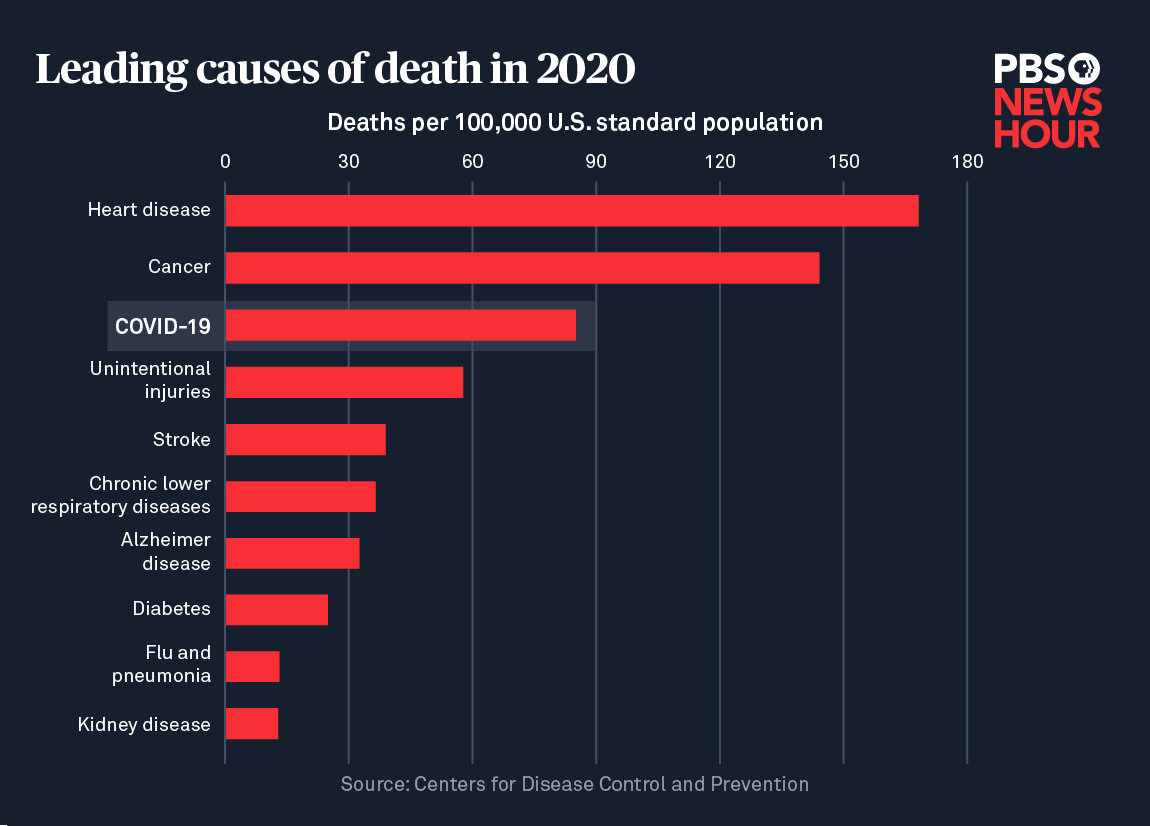I suspect this Substack article is likely on the right track if we want to significantly lower the biggest risk of premature death in North America:
You already know that keeping your cholesterol level low is a critical part of preventing cardiovascular disease. But what you may not have wondered enough about is: exactly how low is low? And how does anybody know what that number is?
Our “Normal” May Not Be Normal
In the 1950s, British researchers George Shaper and Peter Jones compared rural Ugandans with urban Indians living in the same region. The results were astonishing: rural Africans had cholesterol levels half those of Westerners — and they had virtually no coronary heart disease.
This pattern has been replicated worldwide. Traditional hunter-gatherer societies, rural East Africans, and pre-industrial Pacific Islanders typically show LDL levels in the range of 40–70 mg/dL — levels that would strike many doctors as being extremely, and perhaps excessively, low. Yet heart attacks in these very low cholesterol populations were almost unknown.
Our so-called “normal range” of an LDL of 100–130 mg/dL is not based on evolutionary biology or the dietary conditions that our bodies evolved in — it’s based on what’s statistically common in a metabolically sick population. In other words, what is “normal” in America may be abnormal for human physiology.
Additionally, atherosclerosis can begin forming at a young age, yet this single LDL number does not account for potential cumulative damage. Just how long have your arteries been bathing in LDL particles?
Large-scale Mendelian randomization studies — genetic natural experiments involving hundreds of thousands of people — show a direct, linear relationship between cumulative LDL exposure and cardiovascular events. Each decade of high LDL adds microscopic layers to the arterial wall.
In a JAMA Cardiology analysis, individuals with genetically low LDL levels from birth had a lifetime risk of heart disease up to 3 times lower than those who achieved similar LDL reductions later in life with drugs (Zhang et al., 2021).
An LDL that is within a medically accepted range may still be capable of causing long-term damage.
The Myth of “Dangerously Low” LDL
For decades, doctors feared that driving LDL too low might trigger other problems — hemorrhagic stroke, cognitive decline, or hormone imbalances. (The brain needs cholesterol for the integrity of neuronal membranes, and cholesterol also serves as the backbone for some hormone molecules.)
But massive trials like FOURIER and FOURIER-OLE — involving tens of thousands of patients treated with the powerful, new cholesterol-lowering agent, the PCSK9 inhibitors (evolocumab, alirocumab) — have now rewritten that story. Patients whose LDL dropped below 20 mg/dL had progressively fewer cardiovascular events, with no signal of harm over years of follow-up (Sabatine et al., 2017).
Recent meta-analyses confirm the same:
“Very low LDL-C values are associated with major reductions in cardiovascular events without an increase in serious adverse events.” (MDPI, 2023).
In other words, there’s no scientific consensus on what the lower limit for LDL cholesterol should be— and there’s no credible evidence that LDL levels currently considered “very low” harm the brain or body.
Cholesterol is essential — it forms cell membranes, makes hormones, and fuels the brain’s electrical activity. So how can the brain, for instance, function normally if LDL levels in the blood are lowered considerably? Because blood cholesterol and brain cholesterol are different pools.
About 95% of the body’s cholesterol lives inside cells, not in the bloodstream.
The brain — which contains nearly half the body’s total cholesterol — is behind the blood–brain barrier and synthesizes its own supply locally. Lowering LDL in the blood doesn’t drain cholesterol from the brain any more than closing the highway drains fuel from parked cars.People with genetic PCSK9 loss-of-function mutations, who naturally have LDL levels of 10–40 mg/dL, can live long, healthy, and, as far as science can tell thus far, cognitively normal lives. The brain is perfectly capable of manufacturing the cholesterol it needs — as long as the arteries aren’t being pummeled with excess LDL from the outside.
